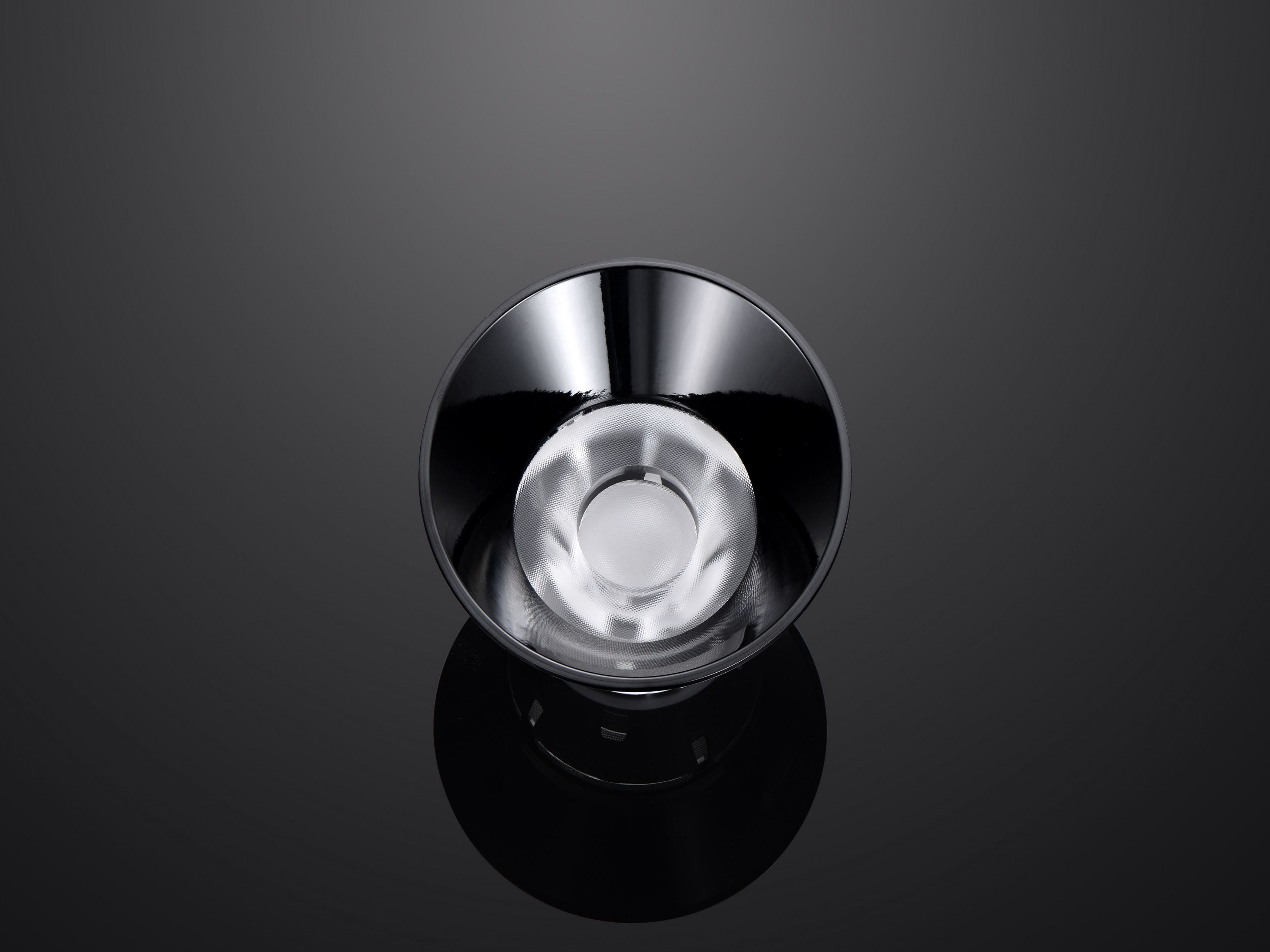The optical lens is a relatively precise product. The lens is manufactured with advanced coating technology, and the appearance of the lens is easily damaged. If the optical lens is used for a long time, it needs to be cleaned regularly. Cleaning and maintenance of optical lenses can extend the life of the lenses. Improper cleaning can damage the polished surface and special coverings on the base layer or lens. Damage to the glass or covering surface can reduce performance in all applications. The following small series will introduce you to the quality judgment requirements of optical lenses and What are the contents of production and processing technology, welcome to read!

Requirements for quality judgment of optical lenses:
1. Consistency of specific optical constants with those of the same batch of glass. Each optical lens has a specified standard refractive index for light of different wavelengths, which is used as the basis for the design of the optical system. Therefore, the optical constants of the factory-produced optical lenses must be within the allowable deviation range of these values, otherwise the actual image quality will not meet the expected results in the design, affecting the quality of the optical instrument.
2. At the same time, since the same batch of instruments is usually made of the same batch of optical materials, in order to facilitate the unified correction of the instruments, the allowable deviation of the refractive index of the same batch of optical lenses is stricter than its deviation from the standard value.
3. High transparency. The brightness of the optical image is proportional to the transparency of the glass. Optical lenses use the light absorption coefficient k∩ to represent the transparency of a certain wavelength of light. After light passes through a series of prisms and lenses, part of its energy is dissipated in the interface reflection of the optical components, and the other part is absorbed by the medium (glass) itself. The former increases with the increase of the refractive index of the glass, and the value of high refractive index glass is very large. For example, the surface light reflection loss of optical lens resuspension glass is about 6%.
What are the production and processing processes of optical lenses?

1. The purpose of grinding the lens is to erase some rough substances on the outer surface of the optical lens, so that the lens has a preliminary model.
2. After the first grinding, finely grind the lens to determine the R value and remove surface impurities.
3. After two grindings, polish the lens to make the appearance delicate and smooth.
4. After the polishing operation is completed, cleaning is carried out, mainly to remove some external impurities after polishing.
5. After cleaning the external powder, start edging, and grind the optical lens according to the outer diameter of the required lens.
6. After the edging operation is completed, the lens is coated with a film. There are many colors of the film. The coating operation can be carried out according to the needs, and one or several layers can be coated.
7. After the coating operation is completed, apply ink to the lens. Its function is to prevent reflections from occurring. Just apply black ink outside the lens. After the inking job is completed, the lenses are glued together with a special glue, and the two R values need to be opposite, while keeping the size and outer diameter equal.
Thank you for reading, the above are the requirements for quality judgment of optical lenses and what are the production and processing techniques? Xiangshun Optical (www.ledlensxs.com) has been focusing on the production and research and development of optical lenses for 20 years. If you want to know more details about optical lenses, please call for detailed inquiry and serve you wholeheartedly.
